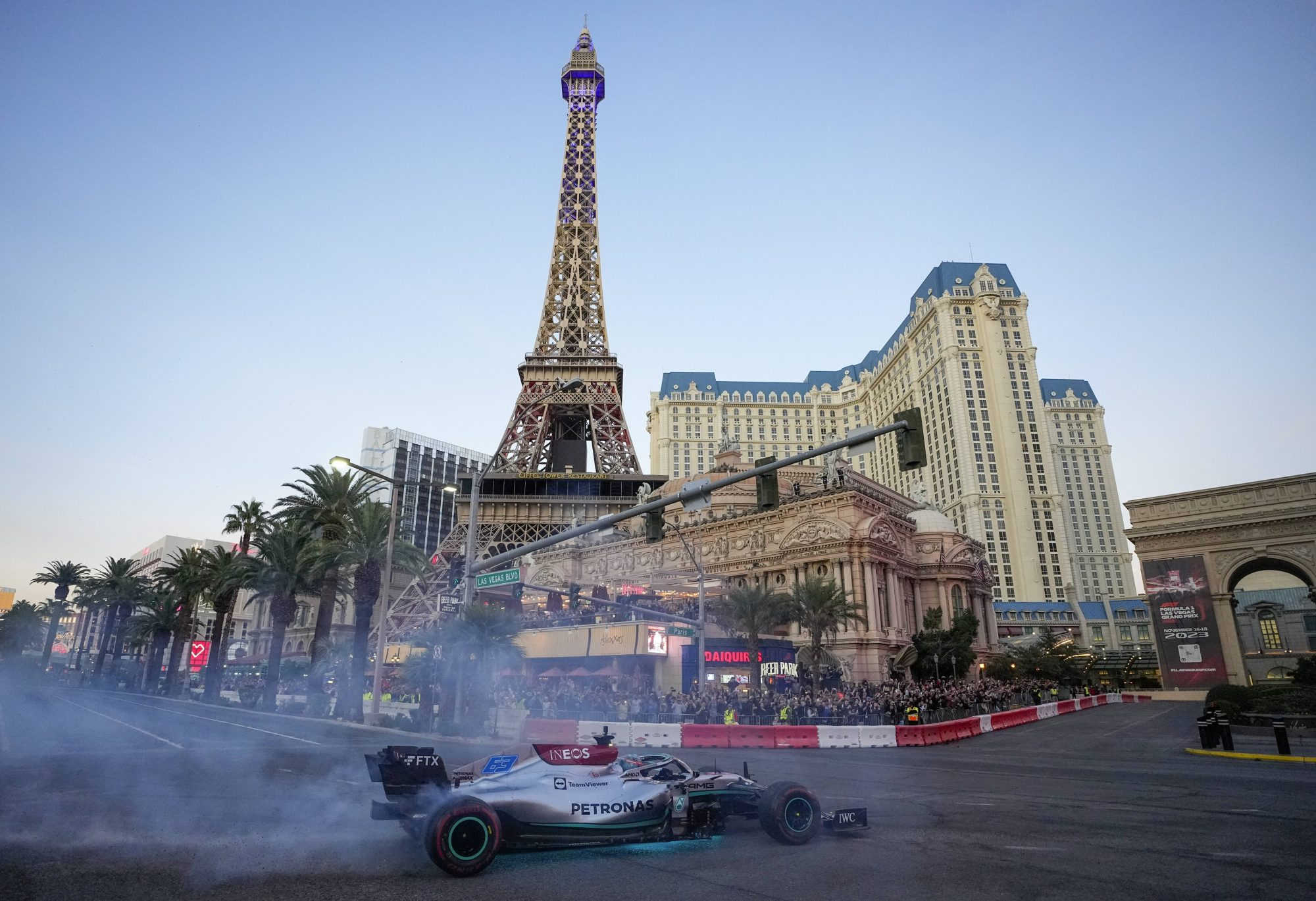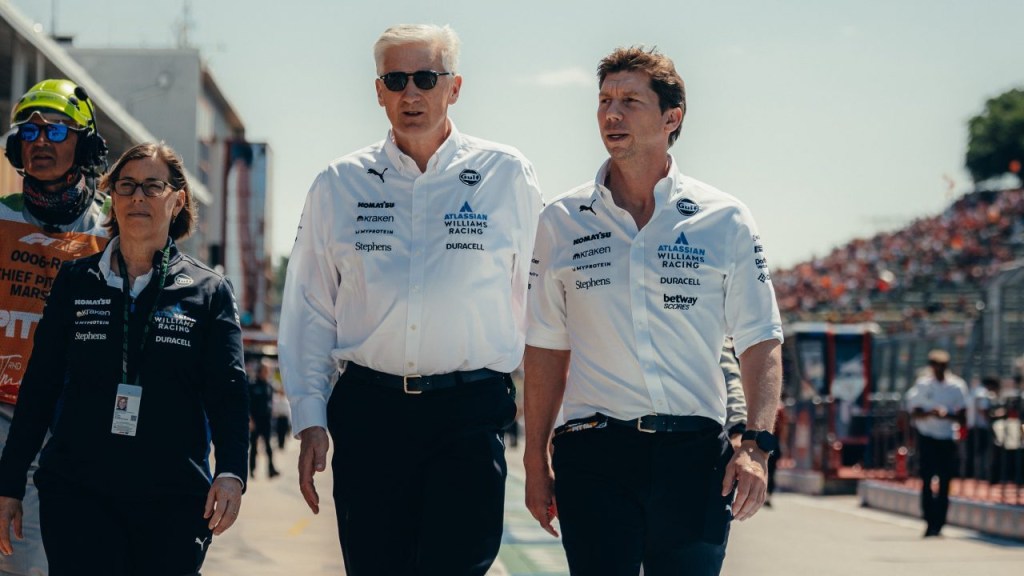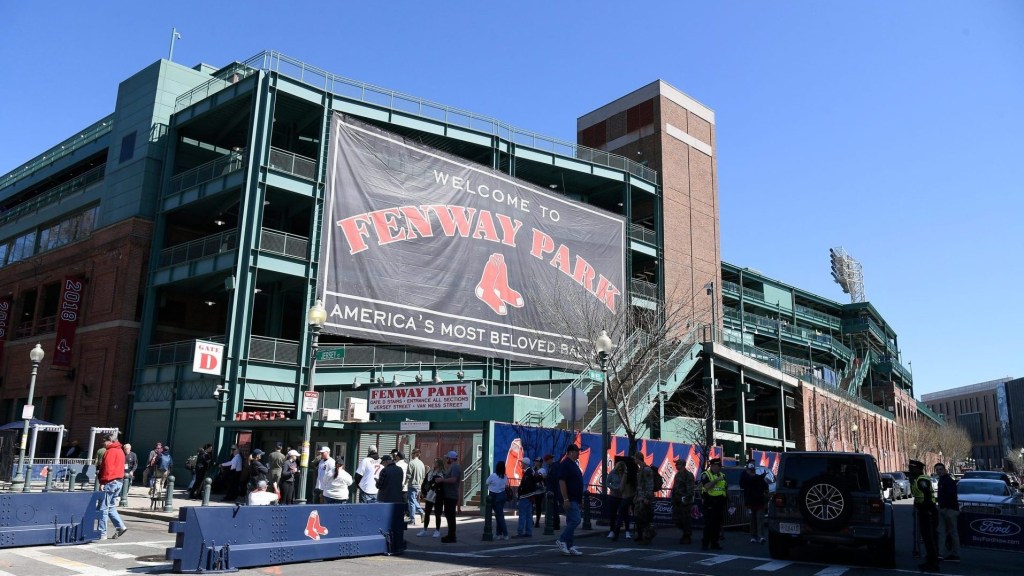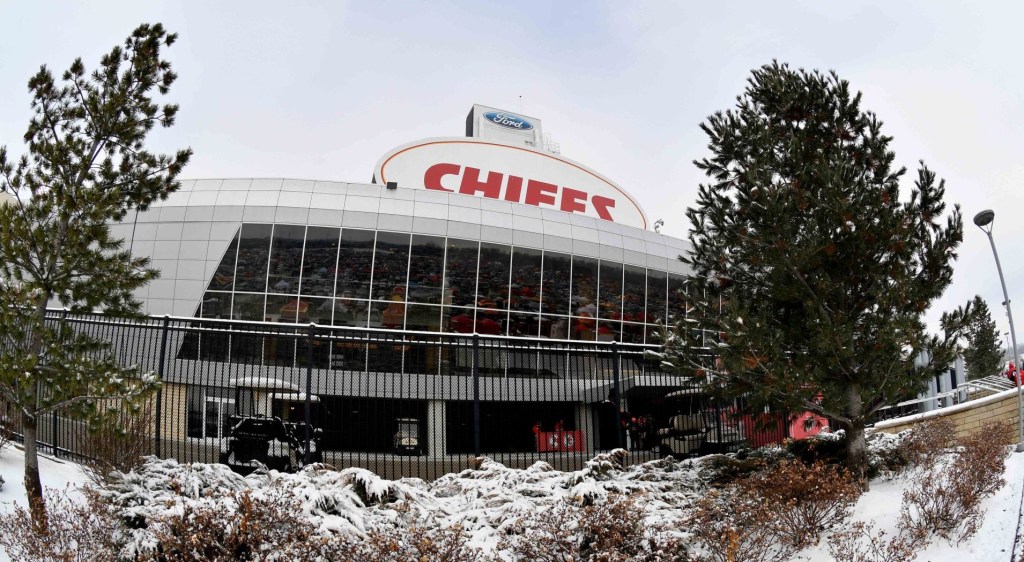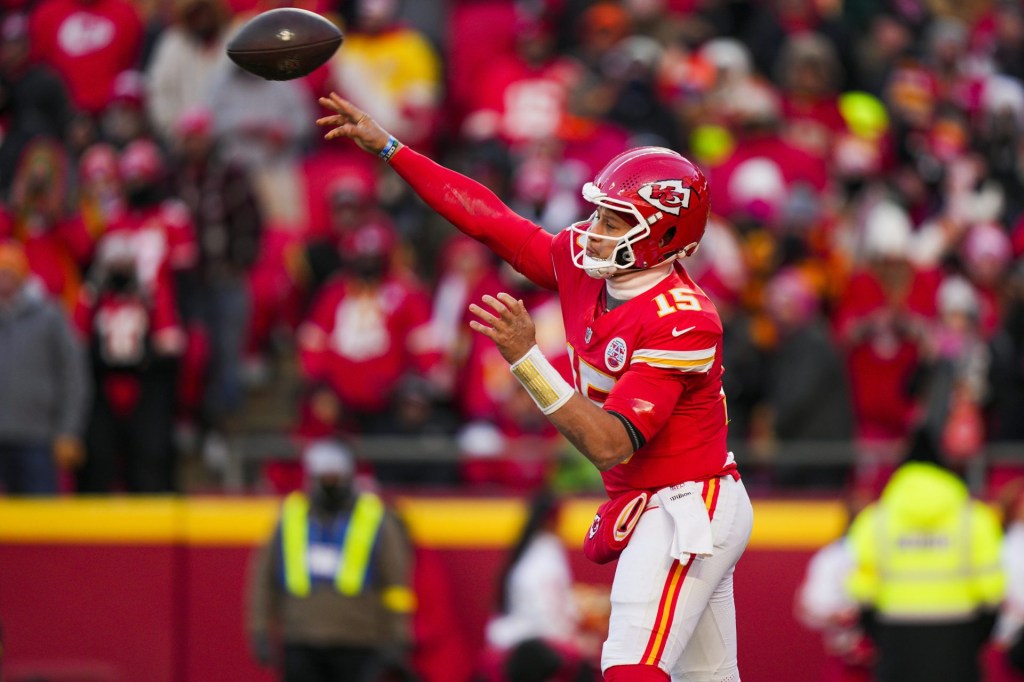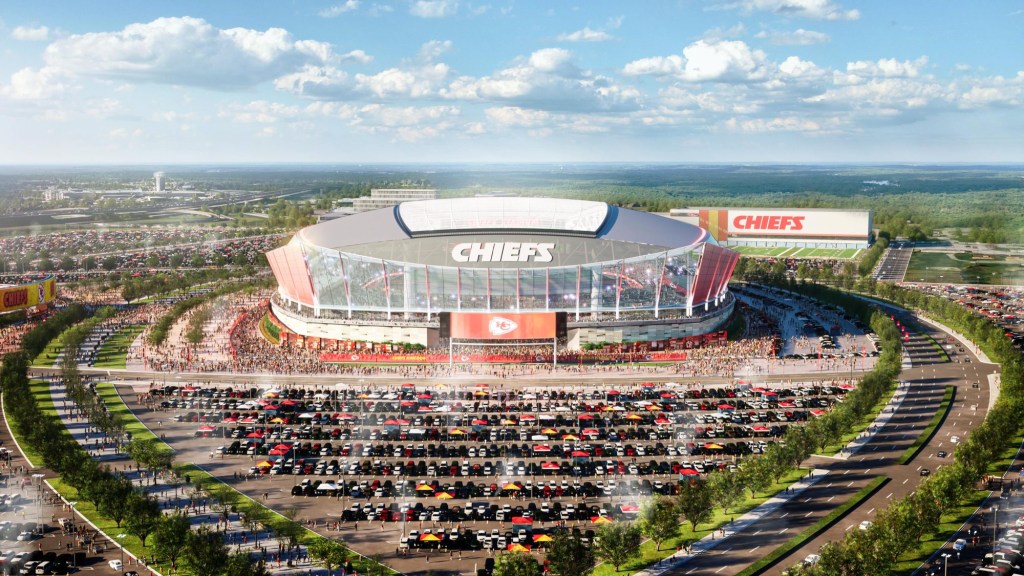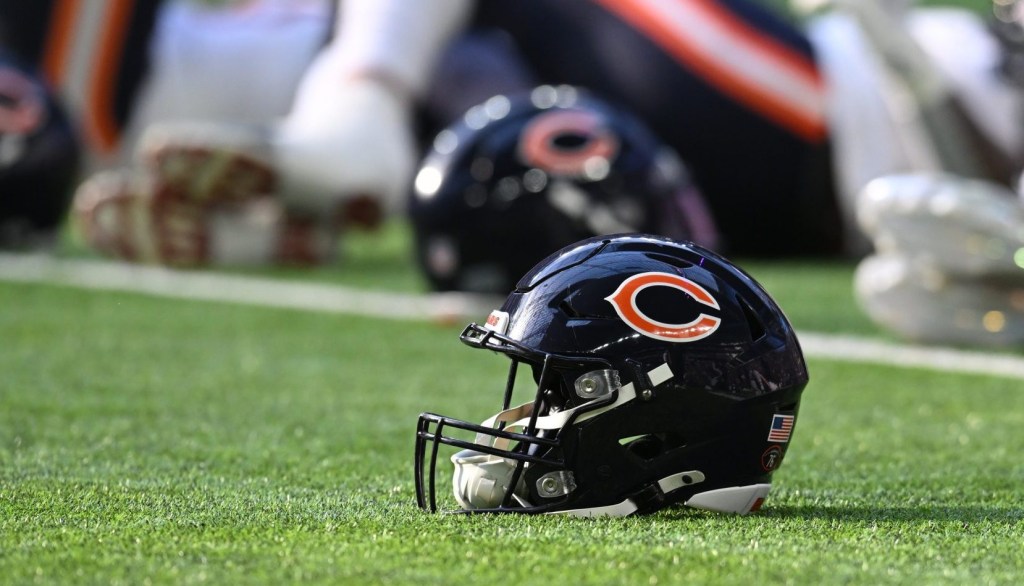Formula 1’s upcoming Las Vegas Grand Prix has arguably caused more large-scale disruption across a major U.S. city than any other sports event or stadium development project in recent memory.
Since F1 began preparatory work for the Las Vegas event in March and started street repaving in April, the event has caused months of heavy traffic snarls and local frustration, particularly along and near the famous Las Vegas Strip.
Now, as the final phase of repaving has started, the F1 project can’t end soon enough for many area residents — to the point where some Uber and Lyft drivers are now refusing normally lucrative pickups along the Strip due to the lost time in construction-related traffic.
Dense paving, designed to withstand the extreme force of the F1 cars, is now set for completion in early October in advance of the Nov. 16-18 race.
“Give us a little more patience for the next couple of months as we wrap this thing up,” said Terry Miller, owner of Miller Project Management, which has led the repaving efforts and the construction of F1’s paddock. “The event is going to be spectacular. I know the summertime has been difficult at best.”
Lofty Ambitions
Despite the ongoing local frustration, F1, race, and tourism officials are reaping the benefits from the initial investment of more than $500 million into the night-oriented street race, which has already created ultra-luxury ticket packages and aggressively monetized bar and restaurant views along the Strip.
The race “is going to be the biggest event in the world in 2023,” said Steve Hill, Las Vegas Convention and Visitors Authority president and CEO, to Autoweek.
